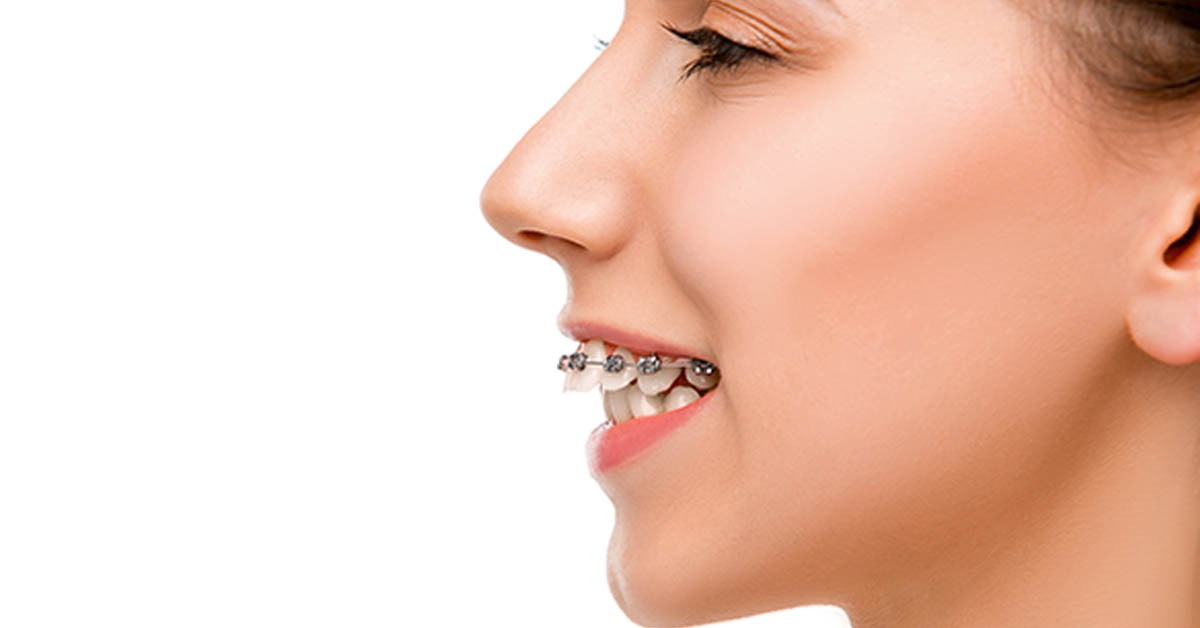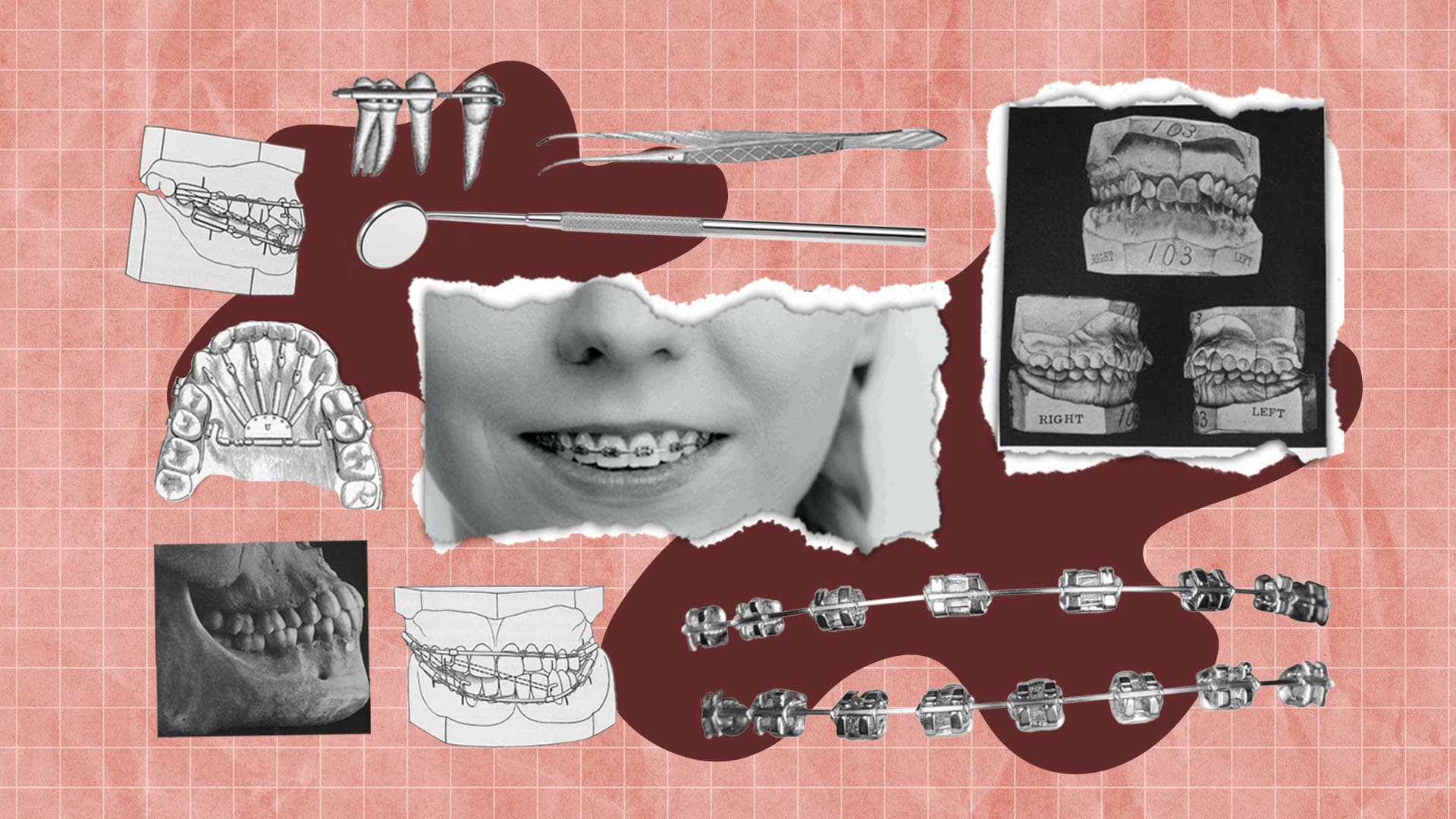The 2-Minute Rule for All Star Family Orthodontics
The 2-Minute Rule for All Star Family Orthodontics
Blog Article
All Star Family Orthodontics - Questions
Table of ContentsThe Greatest Guide To All Star Family OrthodonticsAll Star Family Orthodontics Fundamentals ExplainedSome Known Questions About All Star Family Orthodontics.The smart Trick of All Star Family Orthodontics That Nobody is Talking AboutThe Facts About All Star Family Orthodontics Revealed

At Advanced Orthodontics, we give clients with a all natural treatment experience. On top of that, we provide flexible treatment routines, adaptable repayment choices and a fun, delightful experience - old bridge orthodontics. Call ( 480) 357-4900 today for more info and timetable an appointment.
An orthodontist is a dentist educated to identify, stop, and treat teeth and jaw abnormalities. Orthodontists work with people of all ages, from youngsters to grownups.
Malocclusion, or misaligned teeth, can result in dental problems, including dental cavity, periodontal illness, and tough or painful eating. Yet not every person is born with straight teeth. If you have a negative bite or huge spaces between your teeth, you may want to speak with a dental expert concentrating on orthodontic treatment.
7 Simple Techniques For All Star Family Orthodontics
(Picture Credit History: DigitalVision/Getty Images) Orthodontists make use of repaired and removable dental tools, like braces, retainers, and bands, to transform the position of teeth in your mouth. Orthodontic therapy is for oral abnormalities, consisting of: Crooked teethBite problems, like an overbite or an underbiteCrowded teeth or teeth that are as well much apartJaw misalignmentThe goal of orthodontic therapy is to improve your bite.
While you could think of orthodontists as primarily for children or teens that need braces, they can fix oral troubles at any age. Orthodontists go to university, oral school, and orthodontic school.
All orthodontists are dental practitioners, however not all dental practitioners are orthodontists. Orthodontic residency programs supply extensive, focused direction for dental specialists. They focus on two areas: Exactly how to correctly and securely relocate teeth How to effectively assist advancement in the teeth, jaw, and faceOnce an orthodontist has finished training, they have the choice to come to be board certified - (https://www.metooo.io/u/alstrfmlyrth).
The Ultimate Guide To All Star Family Orthodontics
Imbalance, or malocclusion, is one of the most typical factor people see an orthodontist. It is hereditary and is the outcome of dimension distinctions between the top and reduced jaw or between the jaw and teeth. Malocclusion brings about tooth overcrowding, an irregular jaw, or uneven bite patterns. Malocclusion is usually treated with: Your orthodontist attaches steel, ceramic, or plastic square bonds to your teeth.
If you have only small malocclusion, you might be able to utilize clear braces, called aligners, as opposed to traditional braces. Some people require a headwear to aid move teeth into line with pressure from outside the mouth. After braces or aligners, you'll require to use a retainer. A retainer is a personalized device that keeps your teeth in place.

You might need to see an orthodontist if you have: Crowding or not sufficient space for every one of your teethOverbite, when your upper teeth come by your bottom teethUnderbite, when your bottom teeth are too far forwardSpacing or issues with gapsCrossbite, which is when your top teeth fit behind your base teeth when your mouth is closedOpen bite or an upright space between your front base and upper teethMisplaced midline, when the center of your bottom and top teeth do not align Dealing with a dental malocclusion can: Make biting, chewing, and talking easierImprove the proportion of our face and your overall appearanceEase discomfort from temporomandibular joint problemsDifferent your teeth and make them easier to clean up, helping prevent dental caries or tooth cavities It's frequently a dentist that first notifications misaligned teeth during a regular test.
A Biased View of All Star Family Orthodontics
During your initial orthodontic appointment, you'll likely have: An oral examPhotos taken of your face and smileDental X-raysPanoramic (360 level) X-rays of your face and headImpressions to create molds of your teethThese examinations will certainly aid your orthodontist understand exactly how to continue with your treatment. An orthodontist is a dental professional find more info that's had training to treat your teeth and jaw.
Orthodontists are dental professionals but not all dental experts are orthodontists. Orthodontists are focused on your bite, or the means your teeth fit together, and the straightness of your teeth.

This initial appointment involves an aesthetic exam of your teeth and bite, X-rays, and possibly even 3D scans. By thoroughly reviewing these components, the orthodontist can pinpoint any type of misalignments, crowding, spacing concerns, or jaw disparities. Once a clear picture is developed, the orthodontist will review personalized treatment choices. This discussion will cover the kind of braces or aligners recommended (standard steel braces, clear aligners like Invisalign, and so on), the estimated therapy period, and any type of possible difficulties or negative effects.
All Star Family Orthodontics Things To Know Before You Buy
, orthodontists have a varied toolkit at their disposal. These tried-and-true dental braces utilize a system of brackets adhered to the teeth and connected by wires.
These detachable trays are customized to gradually change the teeth's position. In situations of narrow jaws, palatal expanders can be utilized to develop room for appropriate tooth positioning.
Report this page